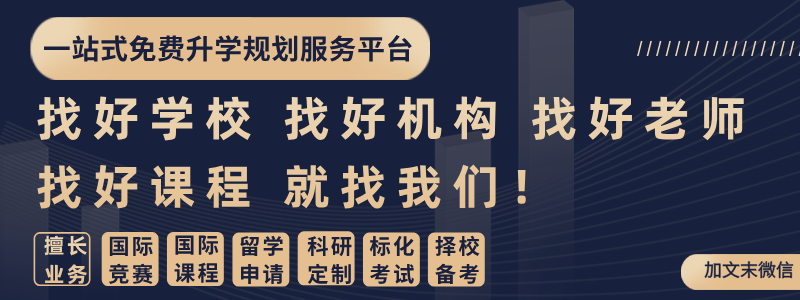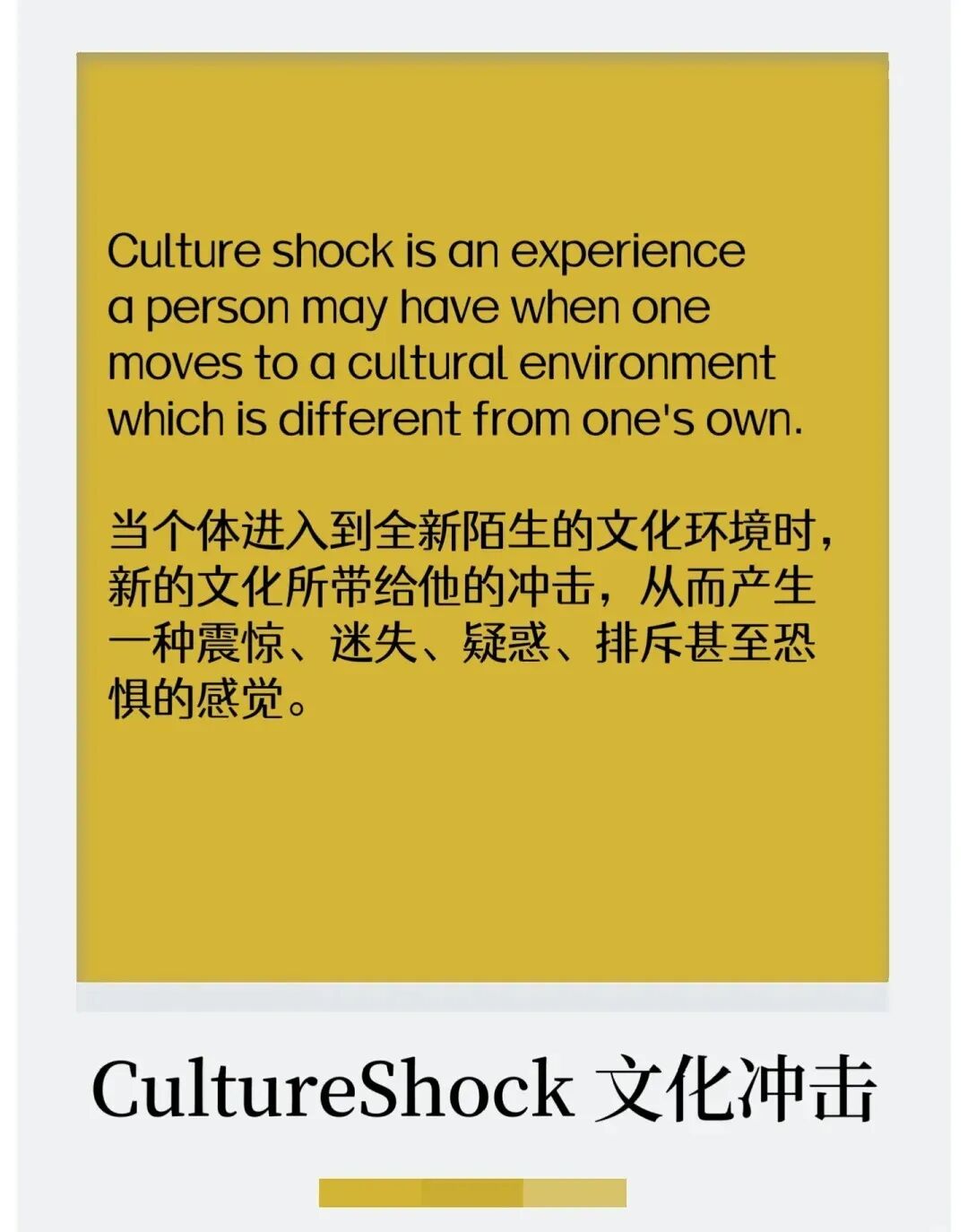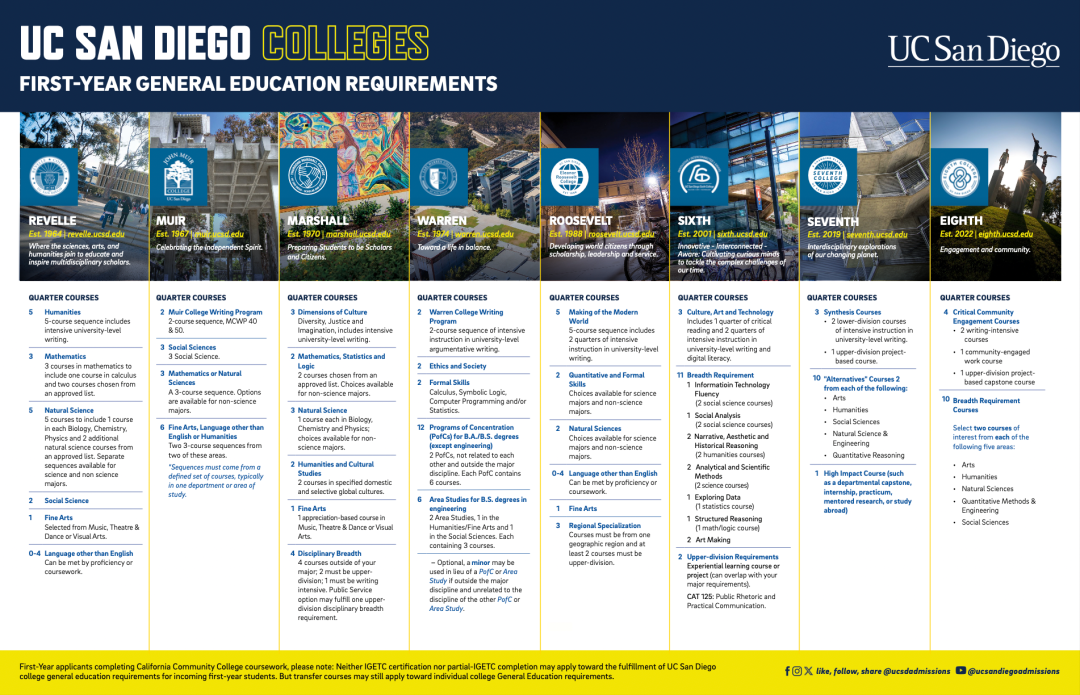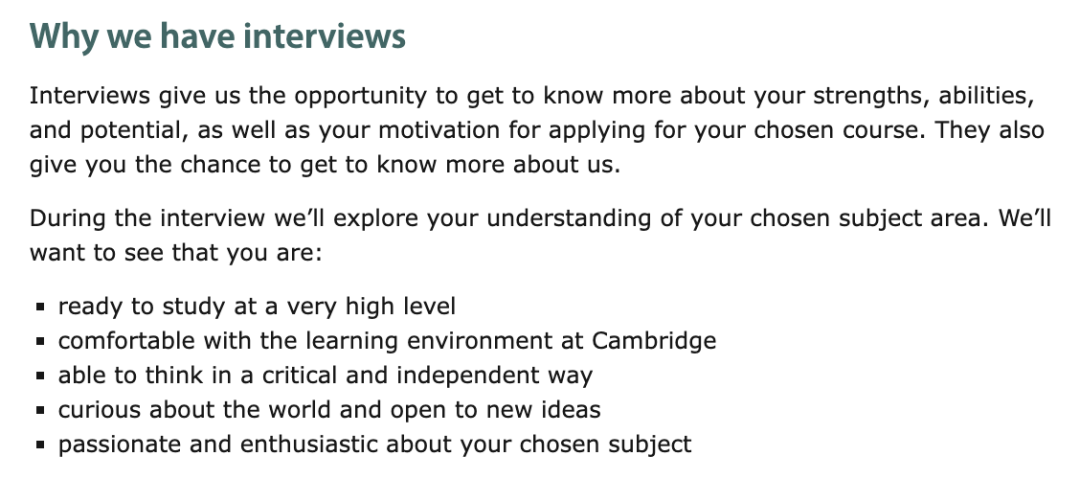
11月1日的托福考试结束啦~
同学们考的怎么样呢?
本次考试压力给到阅听部分
口写重复旧题像呼吸一样简单……
快来看看本场托福考情回顾吧👇
01、阅读部分
R1
有些湖泊每年仅约 4 个月有水,其余时间干涸,比如加拿大部分省份的湖泊,仅 3-4 月积雪融化时有水,其余时间水因蒸发或渗入土壤消失。
虽这些临时水塘存在时间短,但水生昆虫在此生存有优势。一是无鱼类天敌,鱼类无法在大半年干涸期存活,其他非虫类天敌也难快速生长;二是昆虫能摄入更多蛋白质,水塘植物因干涸期土壤存大量有机物,且真菌在氧气充足环境生长快,使植物蛋白质含量更高。
近几百年,欧洲养鱼户发现,控制水位、定期放干池塘并清理鱼群,比恒定水位更能保证鲤鱼产量,还能让鱼更肥,这表明人类可成功调控自然能量与营养循环。
R2
人类贸易是许多森林疾病爆发的主因。几百年前欧洲从北美运原木,树木携带的病毒引发欧洲森林疾病;约 100 年后美洲从亚洲进口木材,致美国东部特定树木大批死亡;近年外来树木又将病毒带入英国,造成当地树木大量枯死。
这些外来病毒通常只危害特定树种。某树种消亡后,下层树木能获得更多阳光生长,如美国东部枫树;且致病病原体也会随寄主死亡,数十年后该树种可能重新繁盛,使森林呈周期性循环发展,而非恒定不变。
森林还面临火、动物啃食等威胁,昆虫威胁尤为关键。昆虫携带病毒和细菌,其破坏力有时比啃食更强,部分甲虫幼虫更依赖细菌生存,细菌还会助其数量激增。欧洲曾有一种由昆虫传播、靠甲壳虫移动的病毒,几乎消灭某个树种,使其仅存极少部分。
热带雨林中,温暖地区病毒常年存活且易扩散;树木幼苗因种子传播有限多生长在附近,存活者常离原生长区较远,这反而能增加物种多样性。
02、听力部分
第一套
C1
学生和教授讨论论文的话题,和鲨鱼表演有关
L1
动物进化史
C2
学生提交奖学金申请,但没有通过,原因是学生家长没有在一些文件上签字
L2
日本雕塑艺术家
第二套
L1
Ceramic art
L2
天文学,exoplanet
第三套
L1
定格动画
L2
罗马建筑
第四套
L1
金字塔
第五套
C1
野餐出问题提建议
C2
跳舞
L1
经济学相关,荷兰郁金香例子
L2
考古fossil
L3
建筑学,圆形屋顶罗马建筑
03、口语部分
TASK 1
(套1)
和朋友有矛盾在公共场合还是私下沟通?
Friends or colleagues sometimes need to have a serious talk about a problem, such as a misunderstanding. Some people prefer to have these important discussions in a public place, such as a café or restaurant. Others prefer to have such talks in a more private place or at home. Which do you prefer? Explain why.
(套2)
Some people make it a priority to exercise or go to do the gym each day. Others exercise or go to the gym only if they have free time. Which do you think is better? Explain why.
每天都去健身房还是有空的时候去?
(套3)
老板要不要和员工搞好关系?
Do you agree or disagree with the following statement? Boss should maintain close friendship with employees.
TASK 2
(套1)
Dining Hall to Close During Spring Break.
阅读说学校会在春假关闭dining hall,因为学生不多,而且town有很多餐厅和商店。
The university has traditionally kept the dining hall open during the week of spring vacation. However, Vivian Black, Director of Dining Services, announced today that the dining hall will be closed during this year's break, "This was a difficult decision, but not enough students remain on campus during break to justify the expense required to continue operating the dining hall, as we've done in past years." Black added, "Of course, there are many restaurants and a grocery store in town, so the few students who do stay will still have nearby dining options and should not be inconvenienced by the closing."
听力男生反对:1.反对假期完全关闭学校餐厅,认为无需采取极端措施 —— 可通过每餐仅开放 1 小时、提供精简菜单的方式控制成本,同时满足留校学生需求。2.外出就餐对留校学生不切实际 —— 留校学生需专注完成论文、研究等重要任务,往返城镇餐厅及额外做饭耗时,会干扰学习节奏。
(套2)
学校改用可回收的餐具reusable food container对话中的学生同意
(套3)
Keep Dining Hall Open Late at Night
TASK 3
(套1)
Co-brandingTwo companies that sell different types of products can sometimes benefit by working together to create and market a new product. This process is known as co-branding. When companies co-brand, they combine their expertise, experience, and resources to develop a new product that is designed to appeal to the traditional customers of both companies. When combined, the traditional customers of both companies may provide a wide and lucrative market for the new product.举例一家shoe company和一家tech company做联名开发了一种新型鞋子,可以为消费者提供锻炼反馈,吸引了许多顾客
(套2)
心理学的backfire effect
(套3)
Task 3 Captive Product Pricing
TASK 4
(套1)
Two different kinds of animals' pupils(瞳孔). 1. Vertical pupil,举例Snake,紧盯猎物;2. Horizontal pupil,举例Goat,环顾周边环境不同方向可能出现的危险
(套2)
古生物学家探究恐龙movement的两种办法1)用和恐龙bone structure类似的动物,比如鸟- 可以知道恐龙的wing用来balance2)footprint,对恐龙tail是在air还是在ground drag。
(套3)
Captive Product Pricing
04、写作部分
综合写作
套1:
Reading
The Great Lakes, a system of five interconnected freshwater bodies along the U.S.-Canada border, have been proposed as a site for wind turbines—tall structures with rotating blades driven by wind. Some scientists calculate that these turbines could generate enough electricity to power up to 210 million households. This potential, along with identified economic and ecological advantages, has led many to back plans to install these turbines several kilometers offshore in the lakes.
First, deploying wind turbines in the Great Lakes is touted to boost the local economy significantly. Installing just a few hundred of them could create tens of thousands of jobs in the region. A Canadian province adjacent to one of the lakes projects that this initiative would inject several billion dollars into its economy over a decade.
Second, the Great Lakes, as freshwater bodies, hold an edge over coastal ocean sites where wind turbines are typically installed. Ocean-based turbines face high maintenance costs due to the corrosive nature of saltwater. In contrast, the freshwater of the Great Lakes eliminates corrosion concerns, allowing for lower maintenance expenses.
Third, wind turbines would contribute to water conservation. Currently, coal and natural gas power plants draw billions of liters of water from the Great Lakes for electricity production, much of which cannot be returned. It is estimated that replacing some of these power plants with wind turbines could save up to 9 billion liters of water.
Listening
Now, let’s listen to a lecture segment addressing the same topic. Critics of placing wind turbines in the Great Lakes argue that the supposed benefits do not justify the associated costs and risks.
First, although the project would create jobs, local residents would also face negative economic consequences. Building wind turbines is expensive, so companies undertaking this project would need to invest heavily to get the turbines operational. To recoup these high upfront costs, they would have to raise electricity prices for local residents, and this increase is expected to last for at least several years—some estimates suggest residents’ electricity bills could remain elevated for 15 years.
Second, while freshwater avoids the saltwater corrosion issue, it brings another problem: freshwater freezes more readily than saltwater. Given the extremely cold weather in the Great Lakes region, ice formation is inevitable. Ice could severely damage the turbines; if ice accumulates heavily at the base of a turbine, the added weight could cause it to crack. This might result in maintenance costs that are even higher than those of other types of wind turbines.
Third, while wind turbines might reduce water usage, they raise concerns about water quality. Like most machinery, wind turbines require lubricants (made from oil) to function smoothly. If even one turbine malfunctions, it could leak thousands of liters of lubricant oil into the lakes, contaminating the water to the point where it is unfit for drinking. This is critical because millions of people in the area rely on the Great Lakes for their drinking water.
套2
Reading
Compact fluorescent lamps (CFLs) represent a relatively modern lighting technology. In a CFL, an electric current passes through a gas mixture, causing a phosphor coating— a specialized light-emitting material—to emit light. Given that CFLs are more energy-efficient than traditional incandescent bulbs (the standard type of light bulb), some governments have put forward policies and even legislation to mandate that all users replace incandescent bulbs with CFLs. Nevertheless, replacing incandescent bulbs with CFLs is unwise, as CFLs are inferior to incandescent bulbs in several key aspects.
First, CFLs are far more costly than incandescent bulbs. A single CFL can cost up to ten times as much as an equivalent incandescent bulb. As incandescent bulbs are gradually phased out, consumers and businesses will be forced to buy CFLs, which will place a financial strain on them.
Second, CFLs pose a threat to the environment. They contain mercury, a toxic metal that contributes to various environmental issues. For instance, mercury can accumulate in oceans and waterways, poisoning fish, birds, and other wildlife. While there are special recycling methods designed to process CFLs without releasing mercury, most people are not in the habit of recycling these bulbs. As a result, the majority of CFLs will not be recycled correctly; instead, they will release mercury when discarded, worsening serious environmental problems.
Third, the light quality of CFLs cannot match that of incandescent bulbs. Incandescent bulbs produce light that consists of a mix of different colors, and this combination is what makes incandescent light visually appealing. In contrast, the phosphor coatings used in most CFLs only emit light within narrow color ranges. For this reason, many people find the light from CFLs unattractive.
Listening
In reality, CFLs are significantly better than incandescent bulbs, and the policies encouraging their use are highly reasonable. The arguments you just read are all based on misunderstandings or incomplete information.
First, while it is true that CFLs are more expensive than incandescent bulbs, they are much more durable. The average lifespan of a CFL is 8 to 15 times longer than that of an incandescent bulb. Due to this long lifespan, the higher initial cost of CFLs is more than offset. Over time, the savings are considerable. According to one estimate, a consumer who spends $100 to switch from incandescent bulbs to CFLs can save $500 over the entire lifespan of the CFLs.
Second, it is correct that CFLs can release small quantities of mercury. However, incandescent bulbs actually lead to more mercury being released into the environment—at least indirectly. Incandescent bulbs are less energy-efficient than CFLs, meaning they consume more electricity. Most electricity is generated by burning fossil fuels like coal, which releases a range of environmental pollutants, including mercury. When consumers use incandescent bulbs, they use more electricity, which requires burning more coal, and in turn, results in more mercury emissions. When you calculate the total impact, the coal needed to power an incandescent bulb releases more mercury than a CFL does.
Third, it is true that older CFL models produced light that was not very pleasant to look at. But this issue has been resolved in newer CFLs. Each specific type of phosphor coating can only emit light within a narrow color range, but different types of phosphors produce different colors. Unlike older CFLs, new CFLs use a blend of different phosphor coatings. By using this mixture of phosphors, they produce nearly all the colors that incandescent bulbs do. In fact, it is almost impossible to distinguish the light from new CFLs from that of incandescent bulbs.
套3
Reading:
In the United States, researchers use telephone surveys to measure political, social, and market preferences or trends. Normally, interviewers call people at their homes and ask them the survey questions. However, a new technology called interactive voice response (IVR) has recently been introduced. With IVR the survey questions are asked by a recorded voice, rather than by a real person; answers are then spoken and recorded. For several reasons, this new technology will result in more accurate surveys.
First, individuals are more inclined to respond truthfully to IVR surveys. Many people feel uneasy sharing personal, political, or financial details with another person, which sometimes leads them to provide inaccurate answers to survey questions. With IVR, though, respondents clearly know they are interacting only with a machine, not a fellow human. As a result, they are more likely to offer precise information.
Second, IVR surveys will be more dependable than traditional phone surveys because they can reach a larger audience. Instead of allocating funds to pay the salaries of multiple interviewers, companies that use the IVR system can direct their available money toward contacting more people and gathering more responses. This broader reach makes IVR surveys more reliable than conventional phone surveys.
Third, the answers people give in surveys are influenced not only by the questions themselves but also by the person asking them. In traditional surveys, someone might answer a question one way if it is posed by a woman and a different way if the same question comes from a man. Similarly, people may respond differently to voices with distinct regional accents. This phenomenon is called the “voice” factor, and it reduces the accuracy and objectivity of survey results. With IVR, however, every respondent hears the same single recorded voice. The “voice” factor is thus entirely eliminated, making the surveys more accurate as a consequence.
Listening:
It's true that live phone surveys aren't perfect, but IVR surveys aren't likely to be any more accurate. Each of the three arguments you read favoring IVR surveys has weaknesses.
First, there is no basis to assume that people will be more honest when responding to an IVR recording than when talking to a live person. This is because respondents know that even though they are speaking to a machine, their survey answers will eventually be reviewed and analyzed by real people. At some point, in other words, actual individuals will listen to their responses and interpret them. So, for a question like “How much money do you make?” many people will still avoid giving an accurate answer—whether the question comes from a recorded voice or a live interviewer.
Second, it is correct that polling companies using IVR can call a larger number of people at a lower cost. But it is also true that far fewer people will complete an IVR survey. When speaking to a live person, individuals tend to feel that ending the call mid-question is impolite; however, when responding to a recording, they have no hesitation about hanging up early. As a result, IVR surveys may end up with fewer completed responses, making them less reliable than traditional phone surveys.
Third, using a single recorded voice does not fully eliminate the “voice” factor—even if every respondent hears the same voice. Different people will react to that voice in different ways, as there is no such thing as a universally neutral voice. Any voice chosen will affect some people positively and others negatively, or influence their responses in varying ways. Thus, even in IVR surveys, people’s answers will still be shaped by the “interviewer’s voice”—whether it is a woman’s voice, a man’s voice, or a voice with a specific regional accent.
学术讨论
第一套:
Dr. Diaz:Let's discuss the skill most need by people who want to start and run their own business. Some experts propose that future businesspeople should focus on improving their sales techniques-after all, if you cannot sell your product, you will soon be out of business. Others believe that these future businesspeople would benefit most from learning management skills, such as how to lead teams and motivate employees. Which view do you agree with? why?
Andrew:
I think that management skills are most important. Sales tasks are something that a businessperson can delegate to a team of salespeople once the business gets going, so it is really important that the future businessperson develops skills to manage teams of people. Without that, it is not very likely that the business will grow.
Kelly:
Learning how to sell your product is the most essential task. I've read about people who had ideas about exciting new products to build a business around. They borrowed capital and started their business, but they could not explain to the public what made the products exciting.
第二套:
Doctor Achebe:
We've been talking about the process of starting a new business. One of the most important aspects of the process is staffing-that is, deciding which people to hire. Please discuss the following question: Is it better for new businesses to hire experienced veterans of the industry or to staff the business with younger employees who are right out of university? Why do you think so?
Claire:
I think a company should staff a business with the most experienced employees possible. If you're starting a new business, you need people around you who know what they are doing and can get the business up to speed fast. Spending time training inexperienced people will slow you down.
Paul:
I understand what Claire is saying, but if you are starting a new business, you want people who are particularly enthusiastic and energetic. Who better than a recent graduate to bring those qualities to the job? You would be guaranteed an ambitious hard worker.
第三套:
Doctor Achebe:
We've discussed methods teachers employ to make their course content more engaging for high school students. One possible method is using class time to discuss the ideas students learned in a lecture or assigned reading. While some believe that having students discuss the material with classmates is beneficial, others consider it a waste of class time. What do you think is the most important consideration for teachers when deciding whether to include opportunities for group discussion during class? why?
Claire:
I think class size is a key factor when deciding whether to include group discussions. In smaller classes, it's easier for students to share ideas and actually hear each other. But in larger classes, discussions can get chaotic or leave some students out. If the setting isn't right, group work might end up wasting time instead of helping.
Paul:
The difficulty of the course should be a big factor in deciding whether to include group discussions. If the material is especially complex, talking it through with classmates can help students better understand it. For example, in my physics class, our group discussions often helped me see things from different angles and made tough concepts more manageable.












